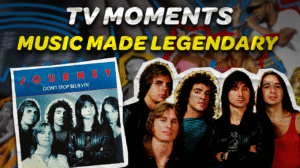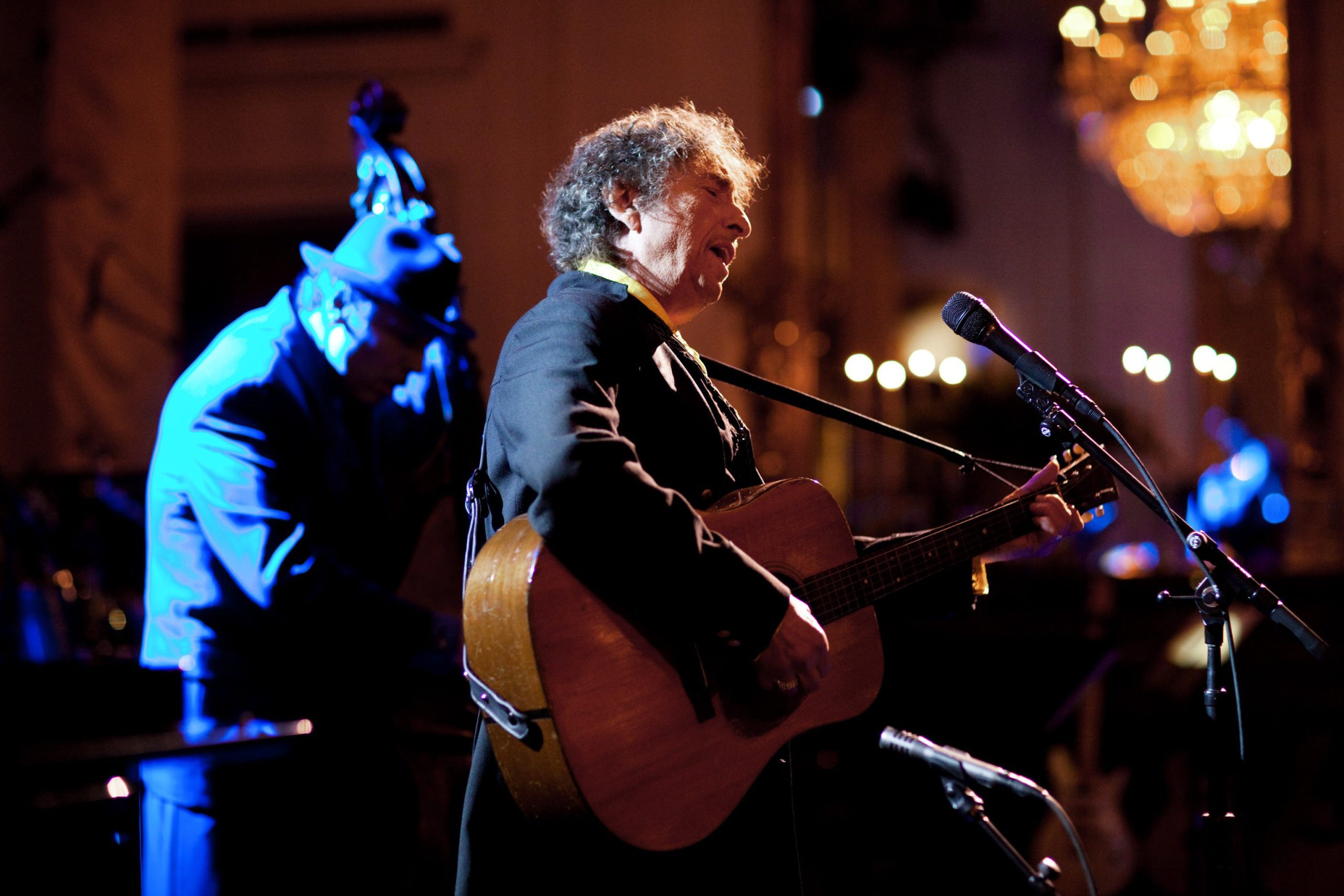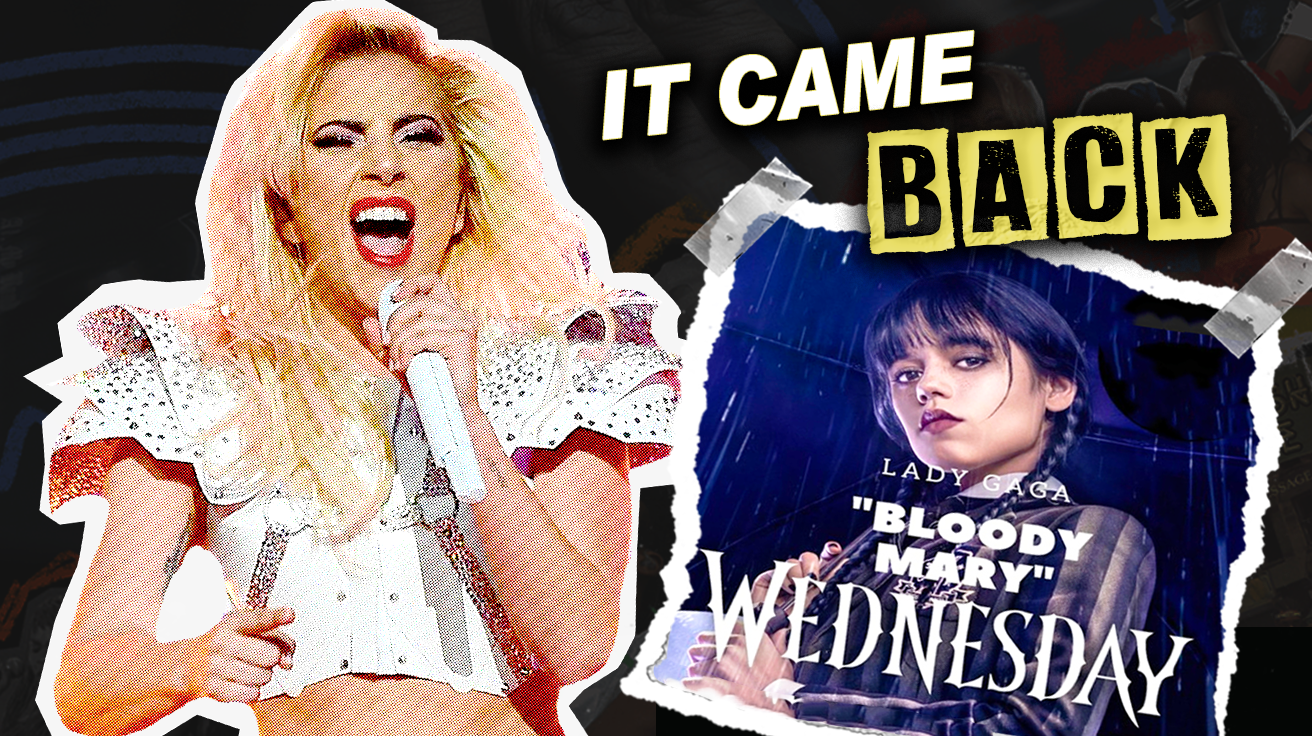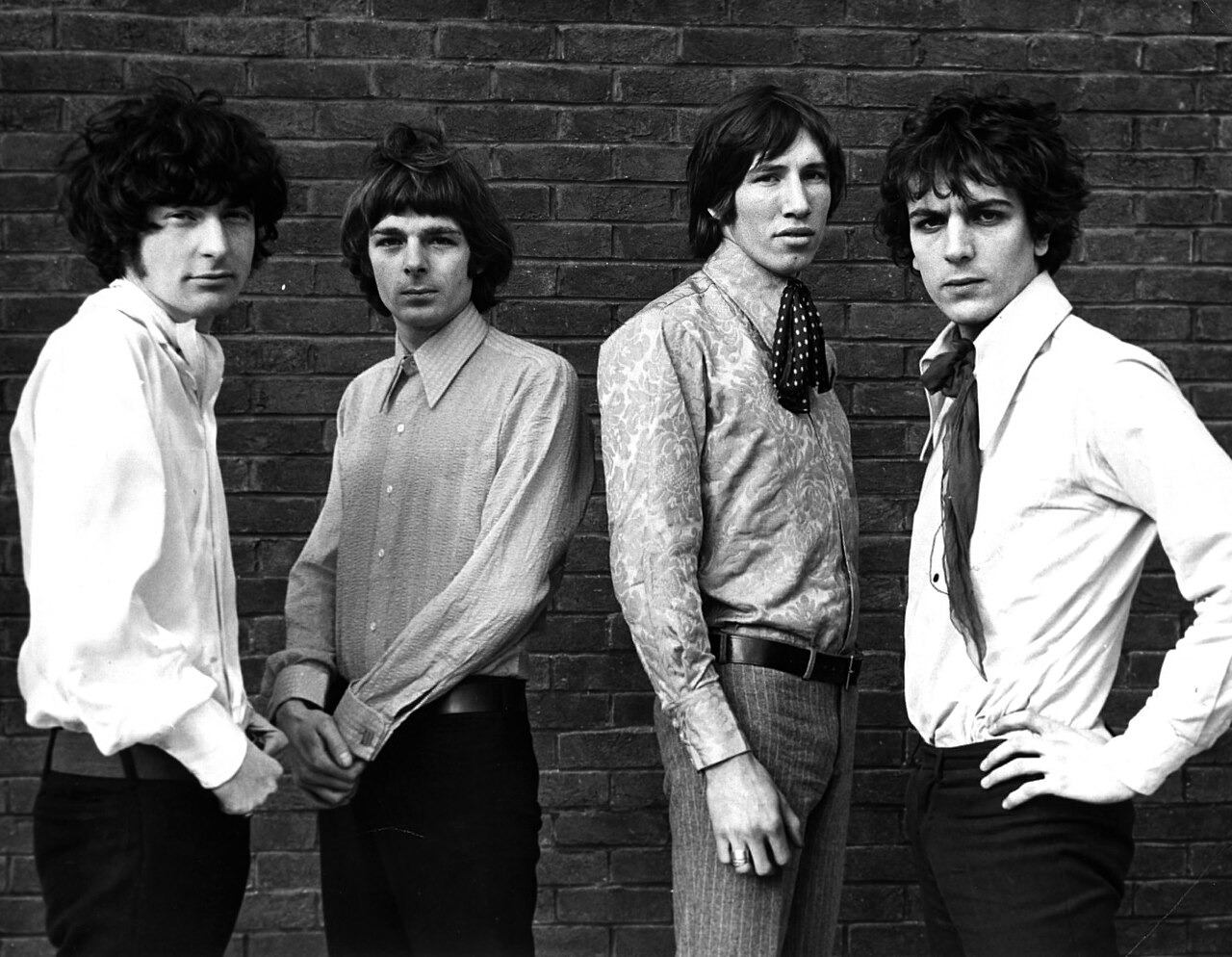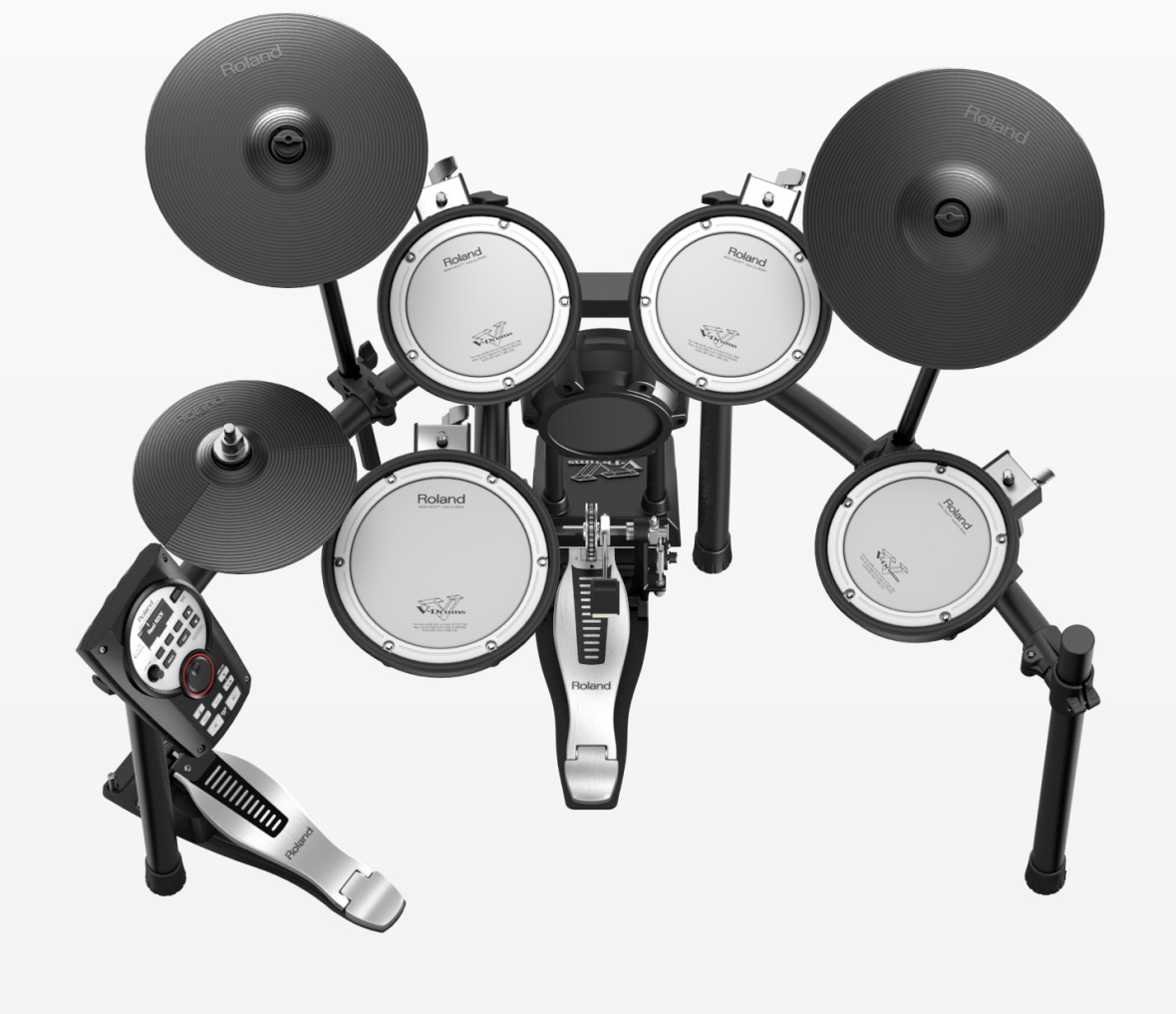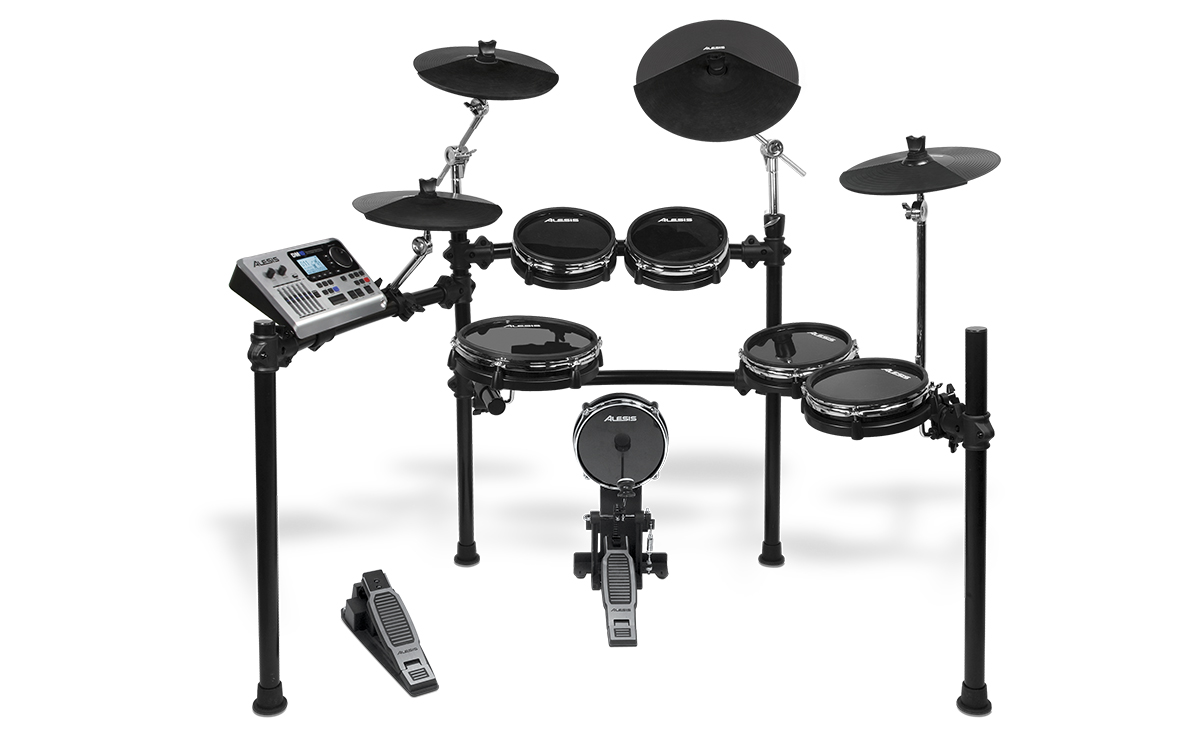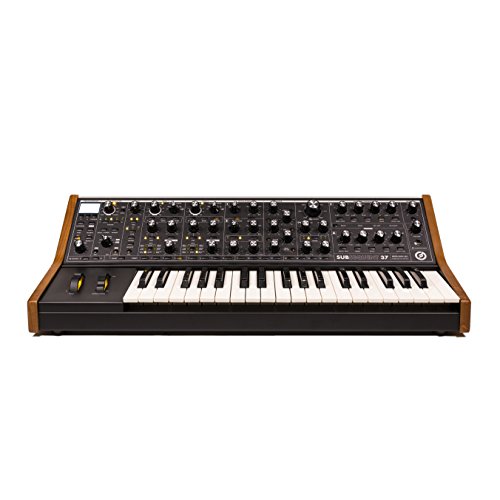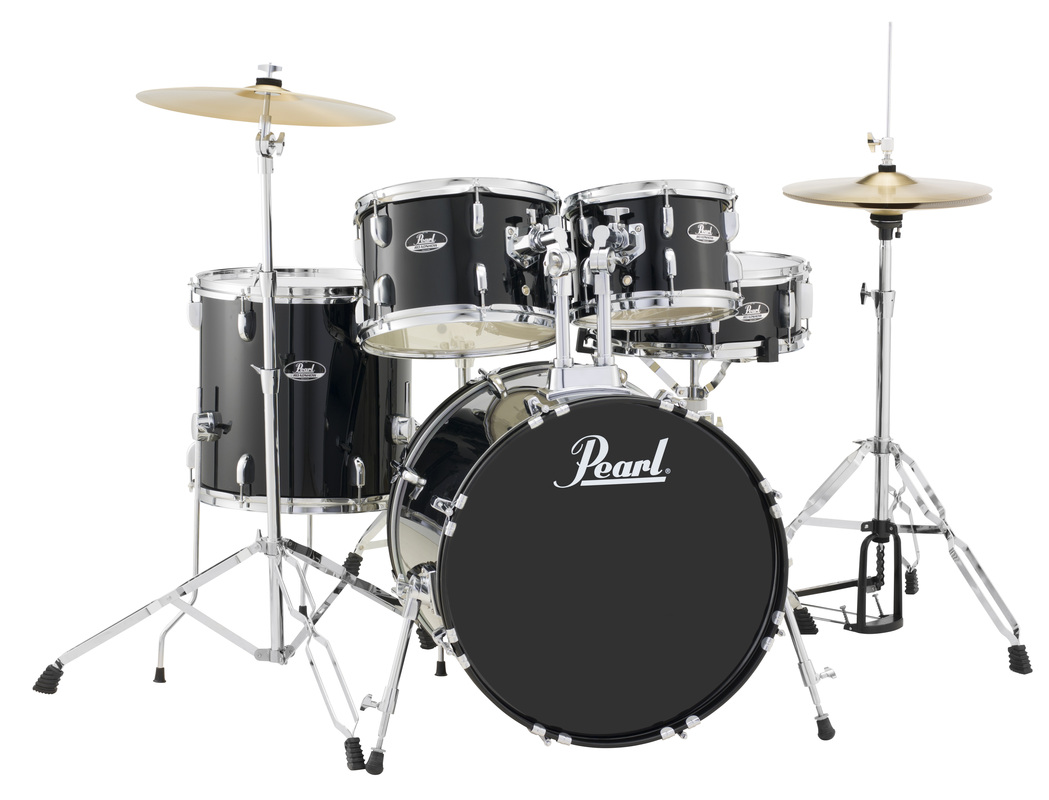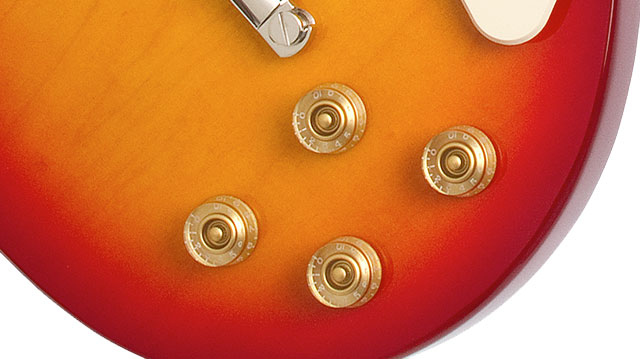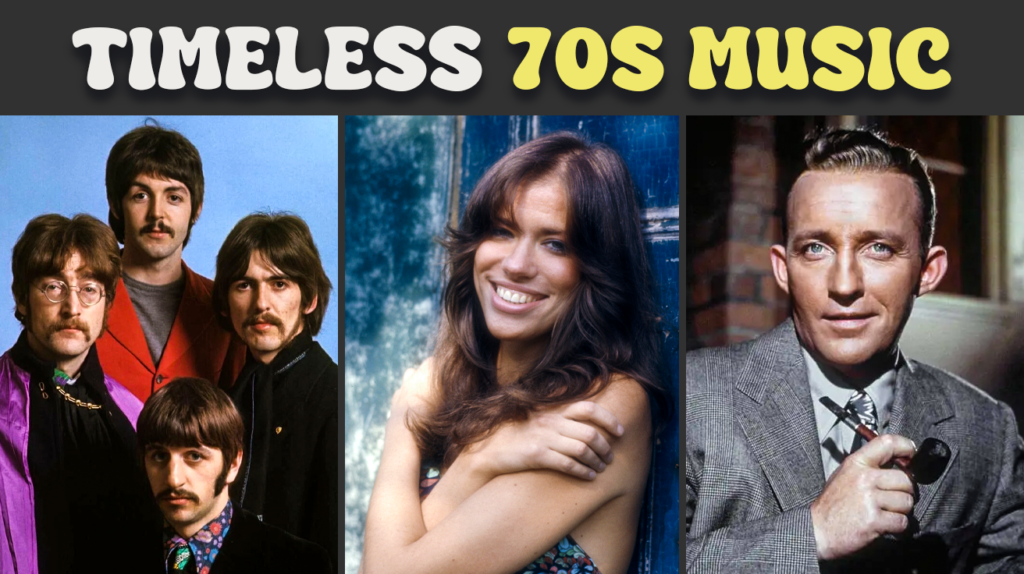
The 1970s transformed popular music through bold artistic choices and cultural shifts. Artists broke traditional boundaries, blending genres from reggae to soft rock while tackling complex emotional themes. Songs like Gilbert O’Sullivan’s “Alone Again” proved audiences were ready for deeper narratives, while The Carpenters redefined pop arrangements with sophisticated production techniques. Television’s growing influence sparked new marketing approaches, as seen in The Partridge Family’s rapid rise to fame.
As we explore twelve standout songs that captured each month’s distinct spirit during this pivotal era, we see how these innovations shaped modern music’s landscape.
12. January: Raindrops Keep Fallin’ On My Head
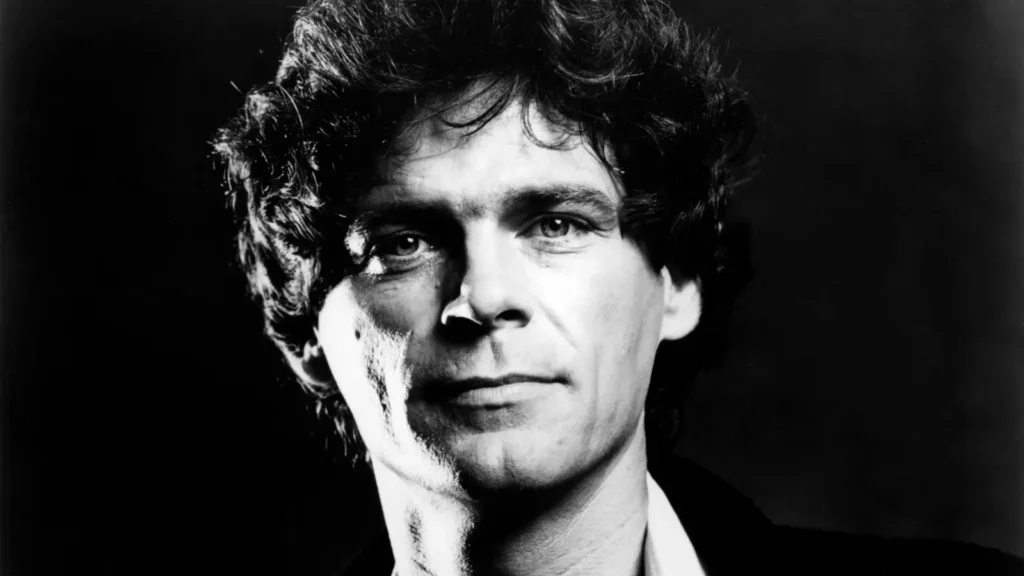
As 1970 dawned, B.J. Thomas introduced a song that would define the year’s optimistic spirit. His distinctive interpretation of the Bacharach-David composition earned an Academy Award for Best Original Song from Butch Cassidy and the Sundance Kid. While the late ’60s had favored heavier sounds, Thomas’s warm delivery and the bright horn arrangement signaled changing tastes. Starting January 3rd, its four-week run at #1 launched a new decade of popular music.
11. February: Let It Be
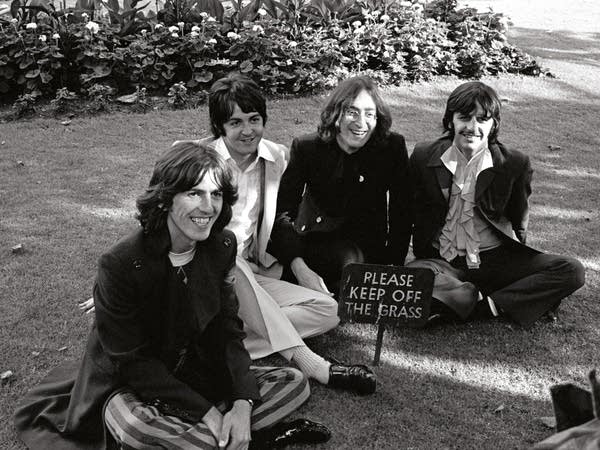
During their final months together, The Beatles released what would become their penultimate single. Internal tensions led to two distinct versions under Phil Spector’s production. Billy Preston’s gospel-influenced electric piano work, captured during the legendary rooftop sessions, infused the track with spiritual depth. Before McCartney’s April departure, the song had already topped charts in seven countries, marking the end of an era.
10. March: I Think I Love You

Television’s growing influence on the music industry found its perfect expression in The Partridge Family’s debut single. Behind the scenes, the legendary Wrecking Crew provided instrumentation, though only David Cassidy and Shirley Jones sang on the track. In just eight weeks, the song soared to #1. Such rapid success created a blueprint for entertainment marketing that would define the decade.
9. April: (They Long To Be) Close To You
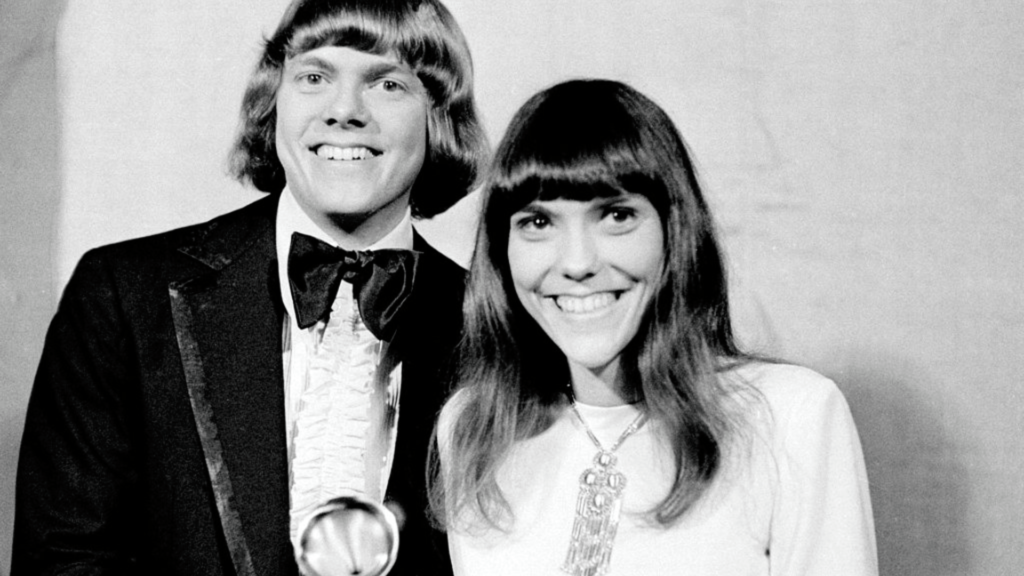
The Carpenters found their defining sound when they reimagined this Bacharach-David composition. Through Richard’s innovative arrangement, featuring that now-iconic trumpet flourish, the song took on new life. While dominating airwaves for six consecutive weeks in summer 1970, the single showcased Karen’s intimate vocal style. Their interpretation earned a Grammy Award and established soft rock’s sophisticated new direction.
8. May: Joy To The World
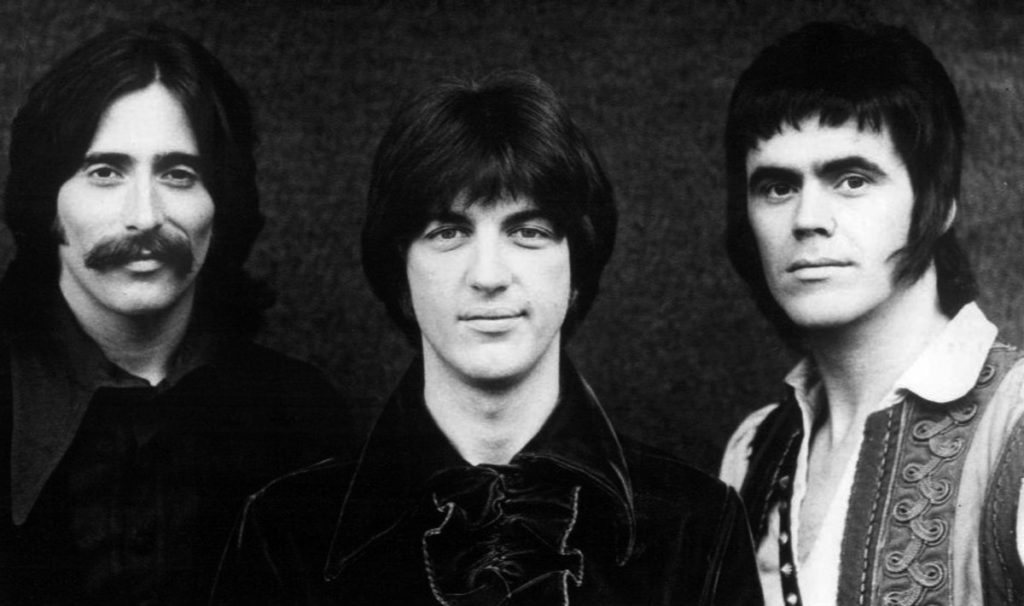
Few could have predicted that a song about a wine-drinking bullfrog would become Three Dog Night’s biggest hit. Yet this quirky Hoyt Axton composition resonated across 11 countries, capturing audiences worldwide. Chuck Negron’s powerful lead vocals drove the track to five million sales, proving unconventional songs could find mainstream success. The band’s gamble on unusual lyrics had paid off spectacularly.
7. June: It’s Too Late

When Carole King released this track from “Tapestry,” it revealed her transformation from behind-the-scenes composer to defining voice of a generation. The sophisticated jazz-tinged arrangement, anchored by James Taylor’s band, provided the perfect foundation for King’s intimate vocals. Her honest delivery and Curtis Amy’s soulful saxophone solo elevated the breakup narrative beyond typical pop fare. Throughout five weeks at #1 in summer 1971, the song captured an emotional authenticity that helped propel “Tapestry” to its historic six-year Billboard chart presence.
6. July: Alone Again (Naturally)

Gilbert O’Sullivan took a risk by wrapping profound sadness in an upbeat melody. Though MAM Records initially hesitated to release such dark material, the song connected deeply with listeners. Its six-week reign at #1 demonstrated the public’s appetite for emotional complexity. By becoming 1972’s fifth-highest selling single, it proved that pop music could tackle serious themes while topping charts.
5. August: I Can See Clearly Now
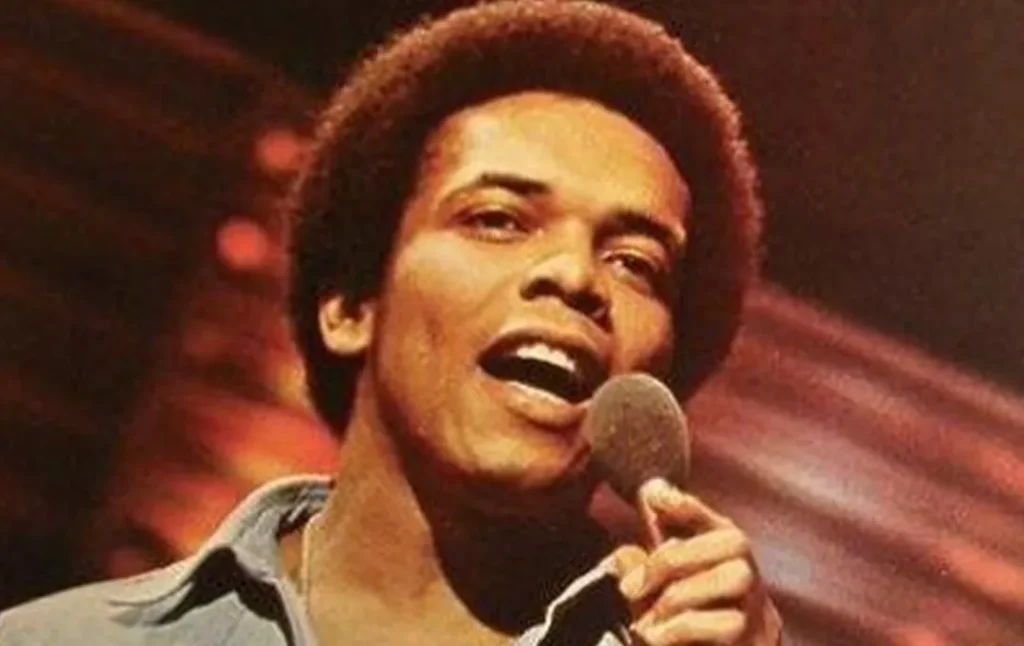
Johnny Nash brought reggae’s sunny rhythms to American audiences with this breakthrough hit. Recording in London with Bob Marley’s musicians, he created a perfect blend of Caribbean and pop styles. The song’s four-week run at #1 introduced new sounds to mainstream radio. Its international sales records throughout 1972 helped pave the way for reggae’s global expansion.
4. September: You’re So Vain

Carly Simon turned mystery into marketing with this razor-sharp portrait of male ego. Mick Jagger’s uncredited backing vocals added intrigue to an already compelling track. Over three weeks at #1, audiences debated the song’s subject while studios rushed to copy its production style. The single’s two Grammy nominations confirmed Simon’s arrival as a major cultural force. Enjoying this list of 12 songs that ruled the airwaves in the 70s? Then you might like 14 surprising facts you didn’t know about your favourite classics.
3. October: Me And Bobby McGee
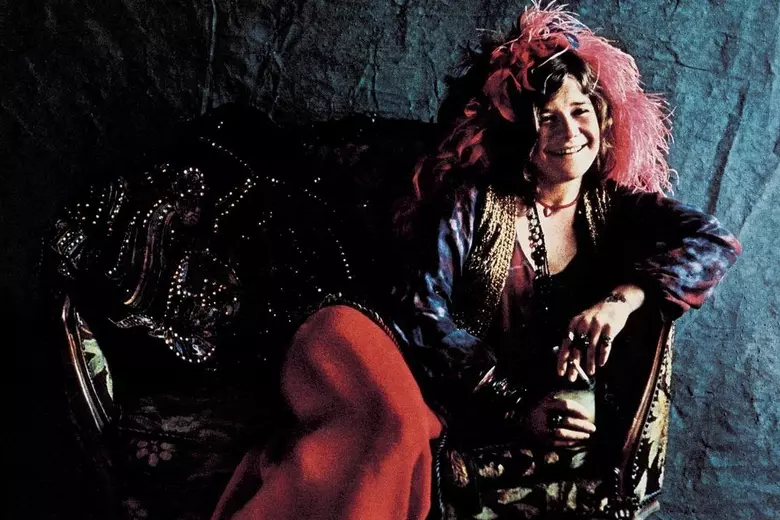
Janis Joplin’s raw emotion transformed Kris Kristofferson’s road song into something entirely new. Working with the Full Tilt Boogie Band, she found the perfect balance of country and rock elements. After her tragic death in October 1970, the single climbed to #1 on March 20, 1971. This posthumous release became Joplin’s only chart-topping moment, capturing her spirit one final time.
2. November: Theme From “A Summer Place”
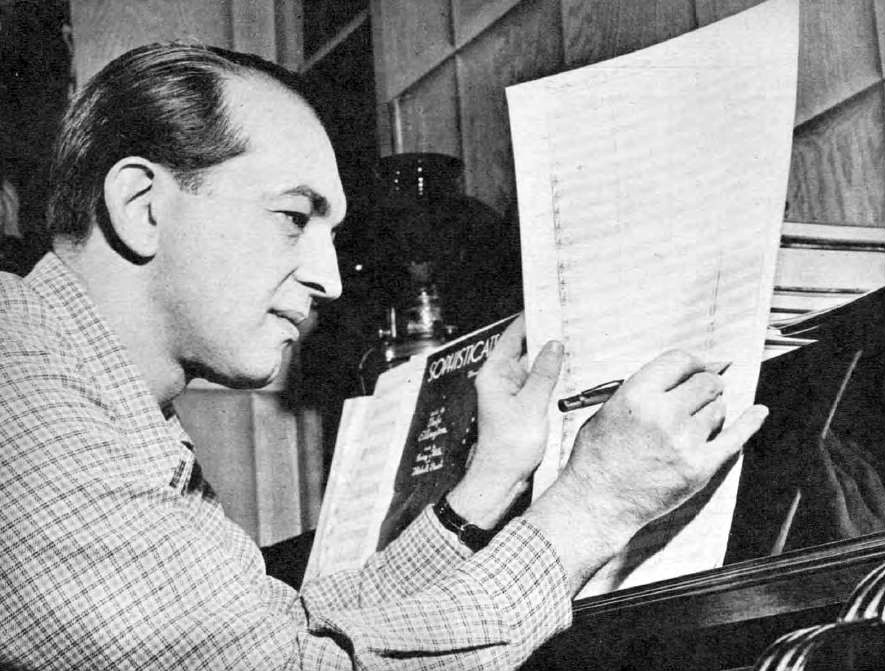
Percy Faith revolutionized orchestral pop with this lush instrumental arrangement. By weaving strings and woodwinds into a tapestry of sound, he created something timeless. The recording’s nine-week run at #1 in 1960 set new records for instrumental music. Faith’s Grammy for Record of the Year validated his innovative approach, influencing arrangers for years to come.
1. December: I’ll Be Home For Christmas

A wartime ballad found fresh meaning as the 1970s brought new social changes. Building on Bing Crosby’s 1943 original, which had sold an astounding 50 million copies, artists throughout the decade offered their own interpretations. Each version added layers to its emotional resonance. The song’s 1978 Grammy Hall of Fame induction recognized its evolution from wartime comfort to timeless standard.




